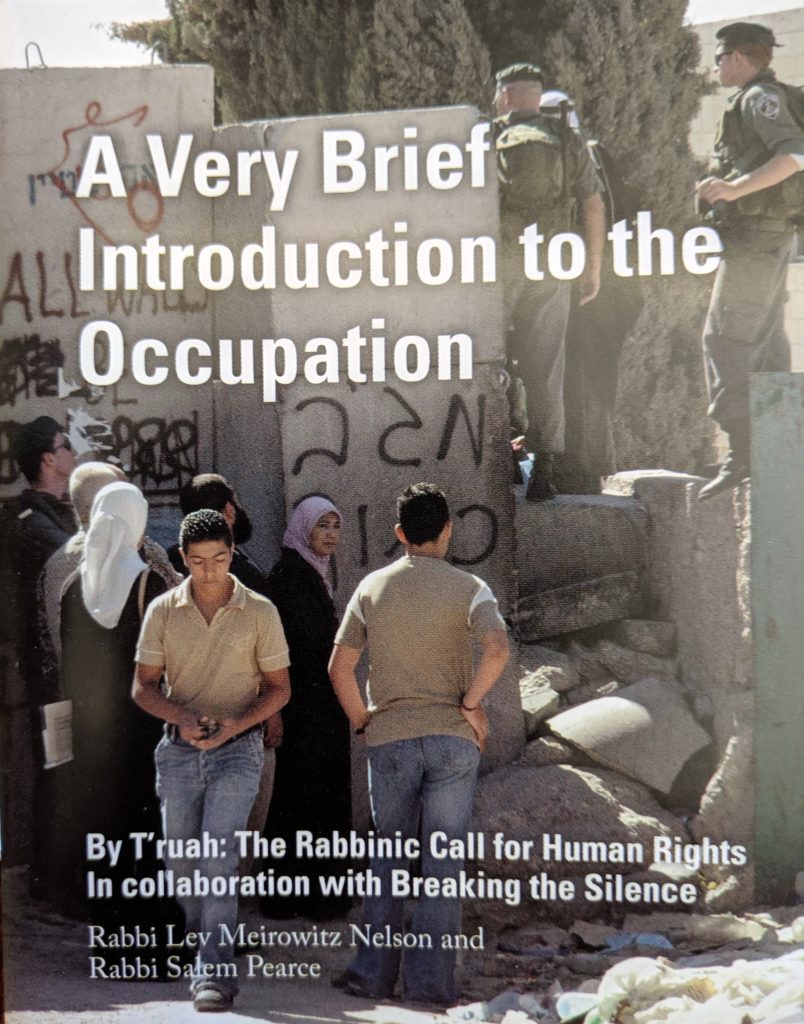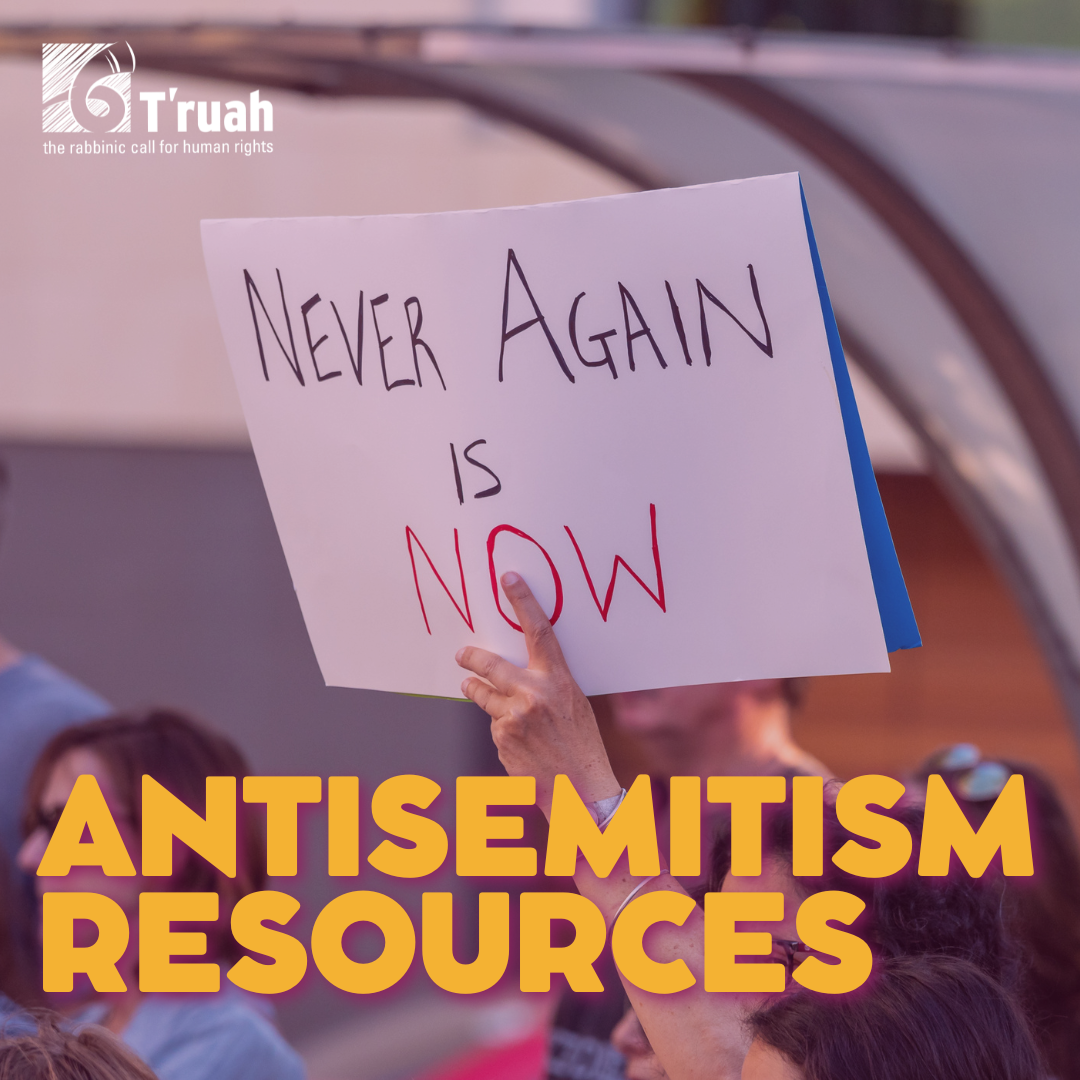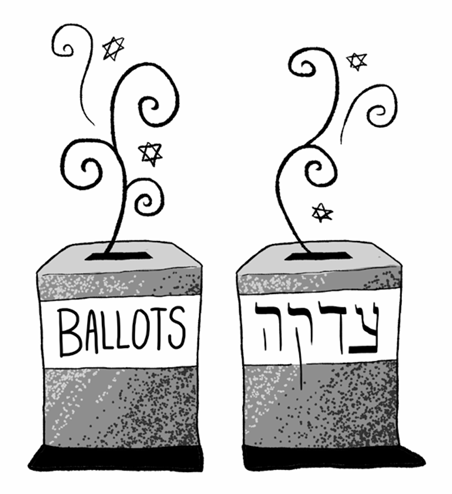Resources

Justice and Compassion (Parshat Shoftim)
Commentary on Parshat Shoftim (Deuteronomy 16:18 – 21:9) Parshat Shoftim opens with the injunction of setting judges and officers within your gates (Deut. 16:18). The proximity of Parshat Shoftim to the month of Elul has given way to an interesting inner connection, brought by several Hasidic masters (Avodat Israel, Devarim, Shoftim 1 ; Sefat Emet,...
more

Those who served their time deserve a second chance (Shabbat Nachamu)
A d’var Torah on Shabbat Nachamu Clarence Office, Jr., of Miami, FL, served in the U.S. Army for three years in the 1970s and was honorably discharged. Like many veterans, Clarence tragically fell into drug use and was arrested for drug offenses. He served a prison term and paid his debt to society. Clarence now...
more

The Weeping Mother Speaks: On Tisha B’Av, Remembering the Pain of Separation
Tisha B’Av reminds us: You know what this awful pain feels like. First, every year, we are supposed to practice feeling the excruciating dissonance between the way things are and the way they should be. We have to feel the deep outrage and pain of the crying mother. But we must also be Rachel, weeping not only for her children, but naming the more compassionate way of being that we know, that we remember is possible.
more

Real Leadership
Rabbi David Ackerman on Pinchas' two distinct visions of leadership, and two sharply divergent paradigms of proper behavior on the part of a leader.
more

A Very Brief Introduction to the Occupation
This 16-page, pocket-sized pamphlet , produced by T’ruah in partnership with Breaking the Silence, offers basic definitions for understanding the Israeli occupation, testimonies from an Israeli soldier and a Palestinian civilian, a brief text study, and recommendations for further reading. Buy packets of booklets here, to share with your community, friends, and family. (Please allow...
more


Lessons in Leadership and Conflict (Parshat Korach)
Conflict is an element of leadership. As the ultimate example of rebellion among the Israelites the core question is this: How are we to deal with conflict when — not if — it arises?
more


Every Person Counts? (Parshat Bamidbar)
Commentary on Parshat Bamidbar (Numbers 1:1-4:20) Our Torah portion opens with the taking of another census of B’nai Yisrael – the Children of Israel – this time “listed by their clans, ages 20 years and up, all those in Israel who are able to bear arms…” (Num. 1:2) This is census number three since the...
more

Sickness and Sin (Parshat Tazria)
Commentary on Parshat Tazria (Leviticus 12:1-13:59) In the world of Tazria, scaly, raw, and oozing pustules called tzara’at erupt on the skin and spread impurity through the camp. Those who suffer from this illness are isolated. The word used in Leviticus to describe this skin ailment is nega, which specifically means a plague sent by...
more



